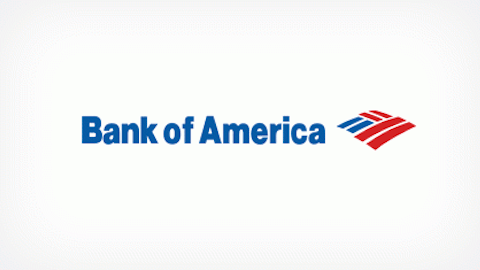Since the financial crisis, the stability of the financial sector has become a one of the most debatable topics. Several regulations have been introduced, while some are in the process of being introduced, and this has resulted in a stable banking system in the US, albeit at the cost of reduced lending ability and lower earnings potential. In an effort to preempt even more stringent regulations, the banks have come up with their own solution of making the banking system more stable. Let’s compare it with the regulators’ proposals.
A preemptive move
At a private meeting held on May 22, 2013, US banks handed a plan to the federal regulators that spells out the procedure on how to pay for a restructuring of the nation’s largest banks in the event of another severe financial crisis that resulted in the bankruptcy of Lehman Brothers.
This comes in anticipation of more stringent capital requirements for the banks, aimed at making the banking system more stable. It also shows the banking sector’s coordination against the regulators’ moves, like breaking up institutions or capping bank size.
The proposal
Under the new proposal, the nation’s largest banks will be willing to hold a certain amount of debt and equity that would be used to provide support to any failed bank. Some banks might be forced to issue expensive long-term debt. Each of the participating banks agreed to hold combined debt and equity equal to 14% of their respective risk-weighted assets.
According to the existing debt and equity ratios, the largest six banks have more debt and equity than required under the new proposal. Wells Fargo & Co (NYSE:WFC) is on the line with 14% debt and equity, while JPMorgan Chase & Co. (NYSE:JPM) and Citigroup Inc. (NYSE:C) have 18.4% and 22.1%, respectively.
Since Wells Fargo & Co (NYSE:WFC) has the least amount of equity and debt, it has resisted the idea of holding more long-term debt in the capital structure, citing its costs as the main hindrance. Analysts at Goldman Sachs believe that the largest banks would be required to hold another $380 billion in additional debt if the new proposal is accepted.
Flexibility
The new mechanism allows the banks some flexibility compared to what the regulators were demanding: excessive levels of long-term debt that would make these banks less flexible financially.
The new proposal allows the banks more flexibility in how they reach the target ratio, using a variety of debt instruments. If a bank fails in the event of a crisis, the new mechanism would basically put a greater burden on the bank’s creditors, rather than on taxpayers.
The regulators have not responded to the plan, and chances are that the banks’ plan might be rejected altogether in favor of the regulators’ own plan.
Regulators’ own plan
Since the new proposal might be rejected in favor of the regulators’ own plan, it’s worth determining the effects of that on the banking system.
Regulators have proposed doubling the simple leverage ratio requirement from 3% to 6% in order to make them withstand another severe crisis. The banks don’t report their simple leverage ratios. However, a careful analysis by Keefe, Bruyette & Woods analysts reveals that only Wells Fargo & Co (NYSE:WFC) has a simple average ratio of 7.3%, while the rest don’t meet the new criteria. JPMorgan Chase & Co. (NYSE:JPM) and Citigroup Inc. (NYSE:C) are each estimated to have a ratio of 4.5%. A closer look at their most recent quarter’s current capital positions, as measured by their tier 1 leverage ratio, reveals that Wells Fargo again has the most robust capital base.
Since most of the banks don’t meet the new regulators’ requirements, you can expect dividend and share buyback program suspension if the proposal is approved. The banking stocks are not famous for their dividend distributions because they are regulated. Still, they form part of the total return, particularly in the case of Wells Fargo & Co (NYSE:WFC) and JPMorgan Chase & Co. (NYSE:JPM), which yield 3% and 2.9%, respectively. Citigroup has a barely visible dividend yield.
Headwinds don’t stop here
Another law drafted by both Republican and Democratic senators calls for a simple average ratio of 15% for banks across the board, while the FDIC Vice Chairman recommends a 10% simple leverage ratio and the scrapping of the current risk-based regulations.
My opinion
I believe the banks’ proposal holds little significance because what it’s doing is simply shifting the burden of a bank’s failure to its creditor rather than the taxpayers. Since most of the participating banks already meet the banks’ proposal, it doesn’t safeguard against a bank failure and the resultant panic in the financial market. However, looking at the existing capital positions and estimates of the new regulations, Wells Fargo & Co (NYSE:WFC) appears to be best positioned to withstand a crisis.
Adnan Khan has no position in any stocks mentioned. The Motley Fool recommends Wells Fargo. The Motley Fool owns shares of Citigroup Inc (NYSE:C) , JPMorgan Chase & Co (NYSE:JPM)., and Wells Fargo.
The article Banks’ Counter Stringent Rules originally appeared on Fool.com.
Copyright © 1995 – 2013 The Motley Fool, LLC. All rights reserved. The Motley Fool has a disclosure policy.



